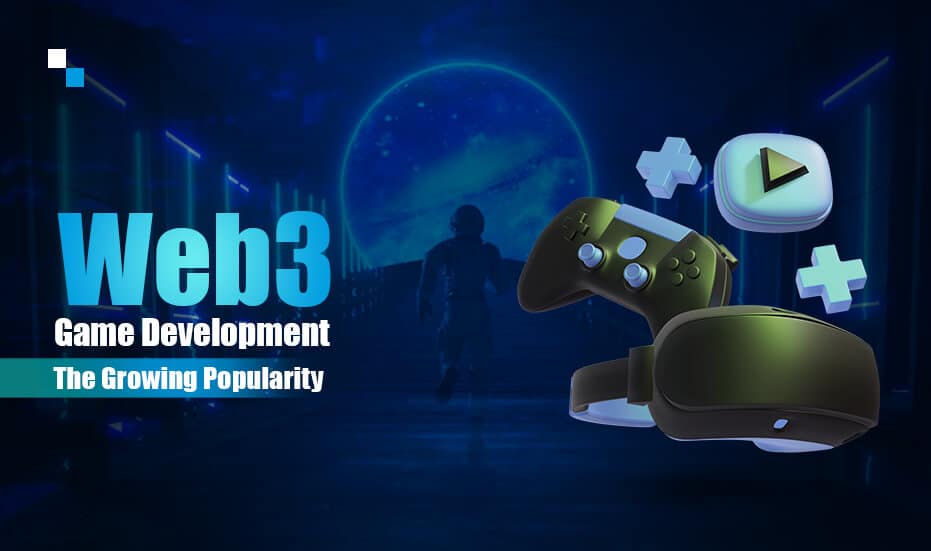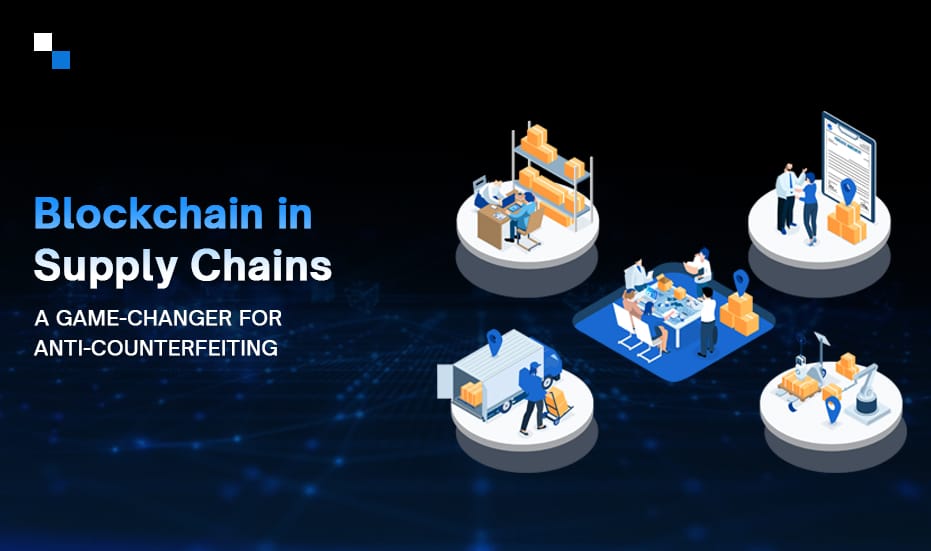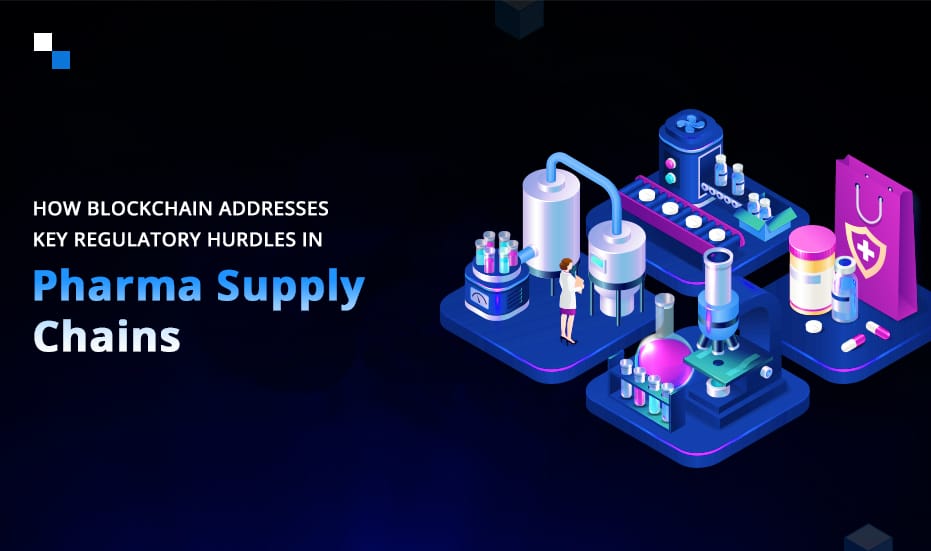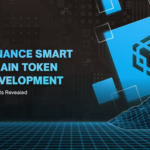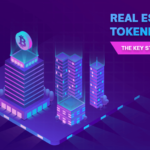According to Statistica, the game segment’s revenue is expected to reach US$205.00bn by the end of 2022, and the number of users might reach 3,595.9m by 2027. These numbers clearly indicate that the gaming industry is growing exponentially. However, there has been a major shift happening in the gaming space since 2019. Instead of putting the power in the hands of a centralized authority, creators want to take control and Web3 game development is enabling this in a trustless manner. This has planted the seed for a new creator economy and Web3 is the future of this kind of economy.
What is Web3 Gaming?
To put it in simple words, Web3 games are basically the ones that are powered by blockchain. As a blockchain is decentralized in nature, all the activities of the gaming platform right from the creation to the ownership of in-game assets are controlled by the participants rather than a centralized body.
In the year 2021, the Web3 game development sector raised over $3.3 billion for the development of the ecosystem. As the scale of investment and number of Web3 players continued to increase we saw some gaming dedicated blockchains roll out in the market:
- Ronin Blockchain – It was developed by Sky Mavis to circumnavigate the high gas fees issued faced by its extremely popular game Axie Infinity which was running on the Ethereum blockchain.
- Immutable X – The Web3 game development platform is an Ethereum scaling solution. It enables 9,000 transactions per second speed and near-instant and Zero gas fee transactions for the games built on it.
As a web3 development company, we find blockchains like WAX, Polygon, Harmony, and Hive to be very suitable for Web3 game development.
What are some different kinds of Web3 games? How are they different from a centralized game?
According to a recent study, Generation Z and millennials are spending more than 7 hours on gaming every week. Web3 gaming has played a major role in enabling players to monetize their time. In fact, in countries like Korea and the Philippines, Web3 games have been contributing to the GDP of the economy as these games have become a source of livelihood for many players.
Launch You own Web3 Game with Us
Schedule Free DemoFree-to-play games
Free-to-play games on blockchain have become very popular these days. That is because these games don’t have any upfront costs involved in playing the games.
Every year we see 10-15% more gamers enter the gaming industry. These free-to-play Web3.0 games offer them an opportunity to hone their skills before they venture into the play-to-earn space. To top that, Web3.0 players also like the fact that the in-game assets they unlock during the gameplay are owned by them and are censorship resistant too.
Play to earn games
As the name suggests, play-to-earn games allow players to monetize the time they spend playing the games. In return for their time, the players earn game native fungible and non-fungible cryptocurrency tokens.
Web3.0 game development company like Antier develops various gameplays by which player can play to earn. The player can earn by winning battles against opponents or by staking land or other in-game assets in the game or they can create and sell an in-game asset or more.
The technology stack of Web3 gaming
From a technology standpoint, a Web3.0 game is quite different from regular game development and must be carried out only by an experienced Web3 game development company as it involves a creator economy and financial transactions. The four most important and core technology components of Web3 gaming are:
Decentralized Apps (dApps)
A game decentralized application is a tool that uses the Web3.0 libraries to allow interaction between gamers or game developers and the blockchain. The dApps are the interface on which gamers play and are being built using Unity or Unreal SDKs.
They basically support the exchange of in-game assets and transactions with smart contracts.
Smart contracts
Smart contracts enable game developers in customizing the games and use in-game assets as per the requirement of the players. These are programmed to monitor and govern game processes and the economy.
Blockchain Nodes
When a Web3.0 game is developed and released, the gaming information is stored on the blockchain network. Nodes help extract this gaming information and provide it to Web3 libraries. This enables the interaction of Web3 libraries and smart contracts to enable actual gameplay.
Digital wallets
A Web3 gaming platform or a dApp always has associated digital wallets. This wallet identifies every player and enables them of collecting in-game tokens or assets in a secure manner.
Final word
You have read some great information about Web3 game development. However, still can’t figure out what exactly you should build or have an idea but need highly skilled development effort.
Connect with Antier, as our experts will guide you through every stage of ideation and will deliver a state-of-art Web3 game. Our experts are just a call away!
